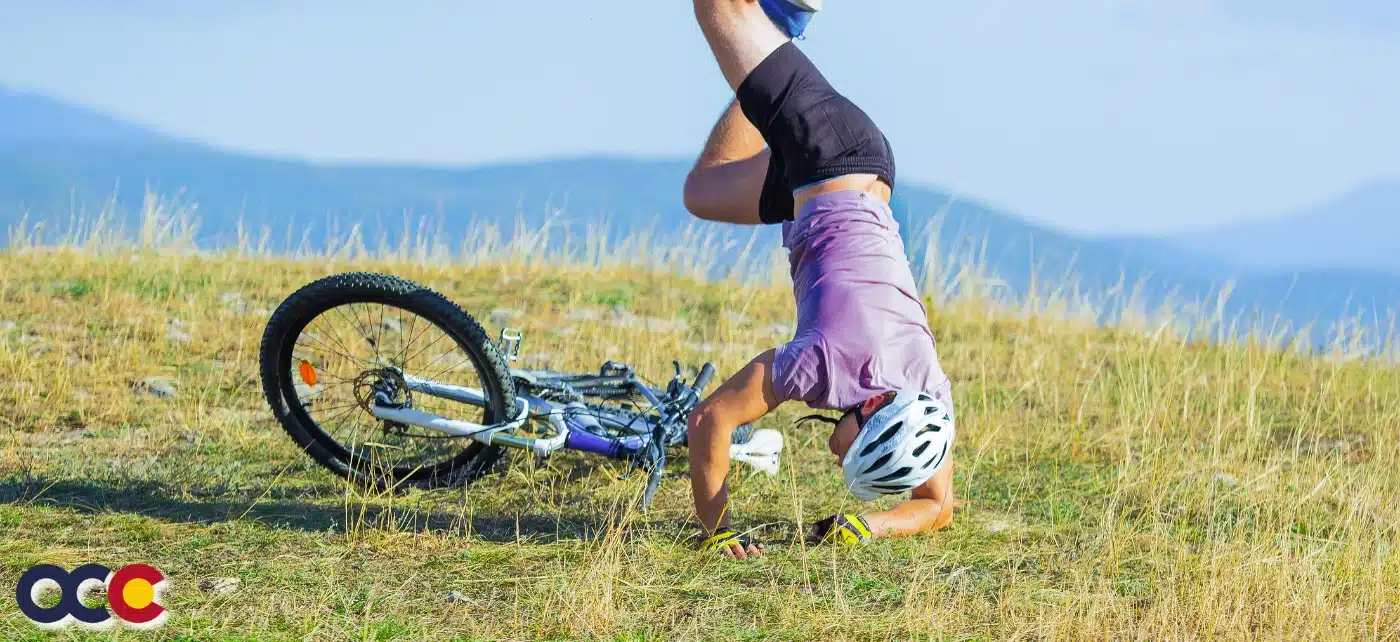Like any part of the body, the spine is prone to its fair share of unsteadiness. Specifically, a condition called slipped vertebrae spondylolisthesis in which a vertebra moves and slips out of place, causing intense lower back pain, among other symptoms. Chronic back pain can prevent people from participating in enjoyable activities and hobbies. It can interfere with daily tasks, including cleaning, cooking, and even taking care of children and pets. All of this can result in a lowered quality of life. That’s why it’s so important to find the most skilled and highly trained orthopedic specialists, and you’ll find them at Advanced Orthopedics in Denver, Parker, and Aurora, Colorado.
OVERVIEW
The word spondylolisthesis (pronounced spohn-di-low-less-THEE-sis) comes from the Greek word spondylos which means spine or vertebra, and listhesis, which means slipping, sliding, or movement. Slipped vertebra spondylolisthesis occurs in about 4% to 6% of the adult population. It is more common after age 50 and more common in women than men. It’s possible to live with slipped vertebrae spondylolisthesis for years and not know it until symptoms finally become noticeable.
ABOUT THE SPINE
The spine, which reaches from the base of the skull to the tailbone, is composed of 33 small stacked bones called vertebrae, divided into five sections: the cervical, thoracic, and lumbar spine section, and the sacrum and coccyx bones. The cervical is the upper part of the spine made up of seven vertebrae. The thoracic is the center portion of the spine consisting of 12 vertebrae. The lower part of the spine is the lumbar spine. These bones form the spinal canal. The spinal canal is a tunnel that houses the spinal cord and nerves, protecting them from injury. The spine is also called the backbone, spinal column, and vertebral column.
WHAT IS SLIPPED VERTEBRAE SPONDYLOLISTHESIS?
This condition is when a vertebra slips out of place, resting on the bone below it. A stress fracture can cause slippage. Or the vertebra may slip out of place due to a degenerative condition.
Read more about Slipped Vertebrae on our new Orthopedic News Site – Colorado Orthopedic News. Schedule an appointment with a spine or pain specialist today.









